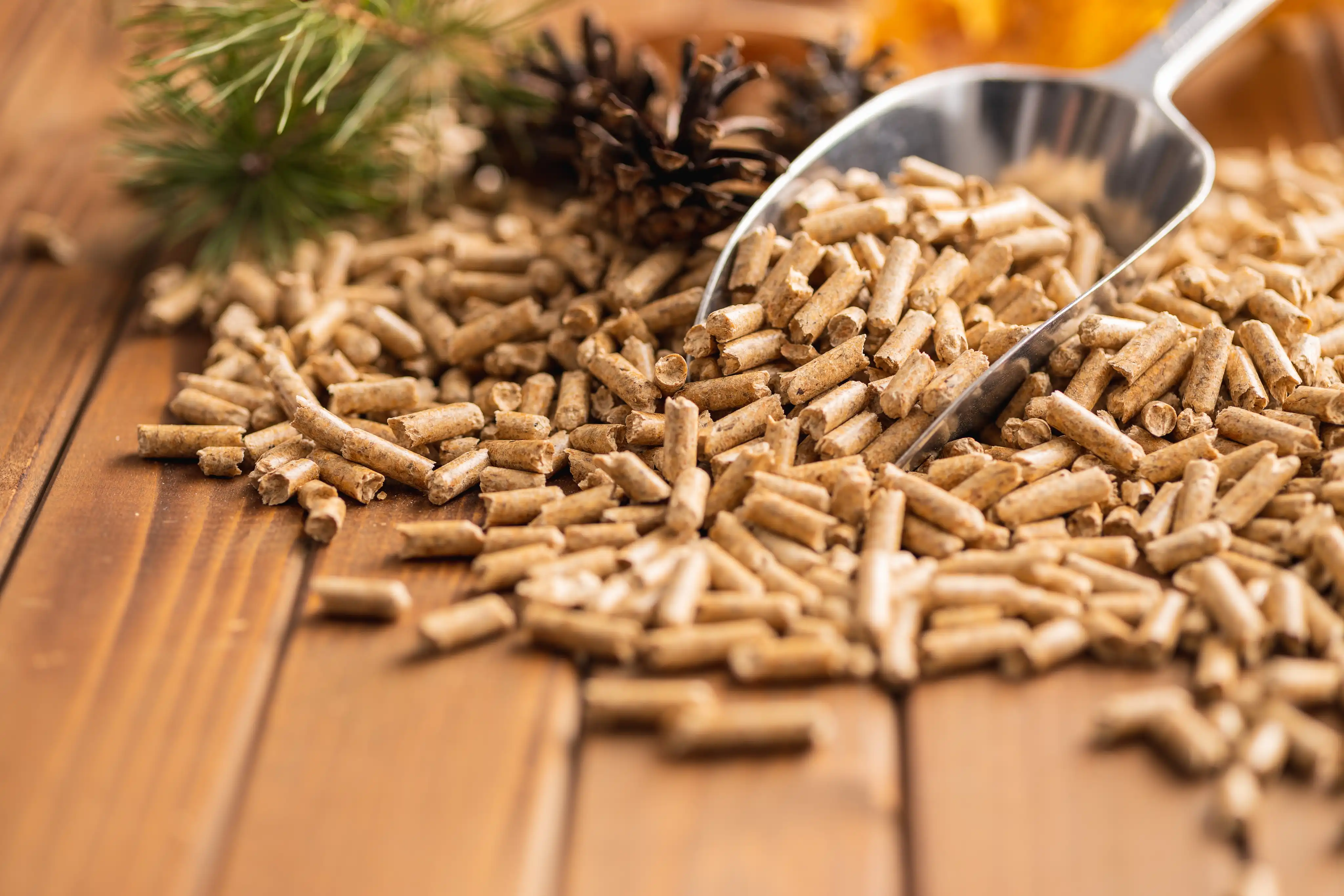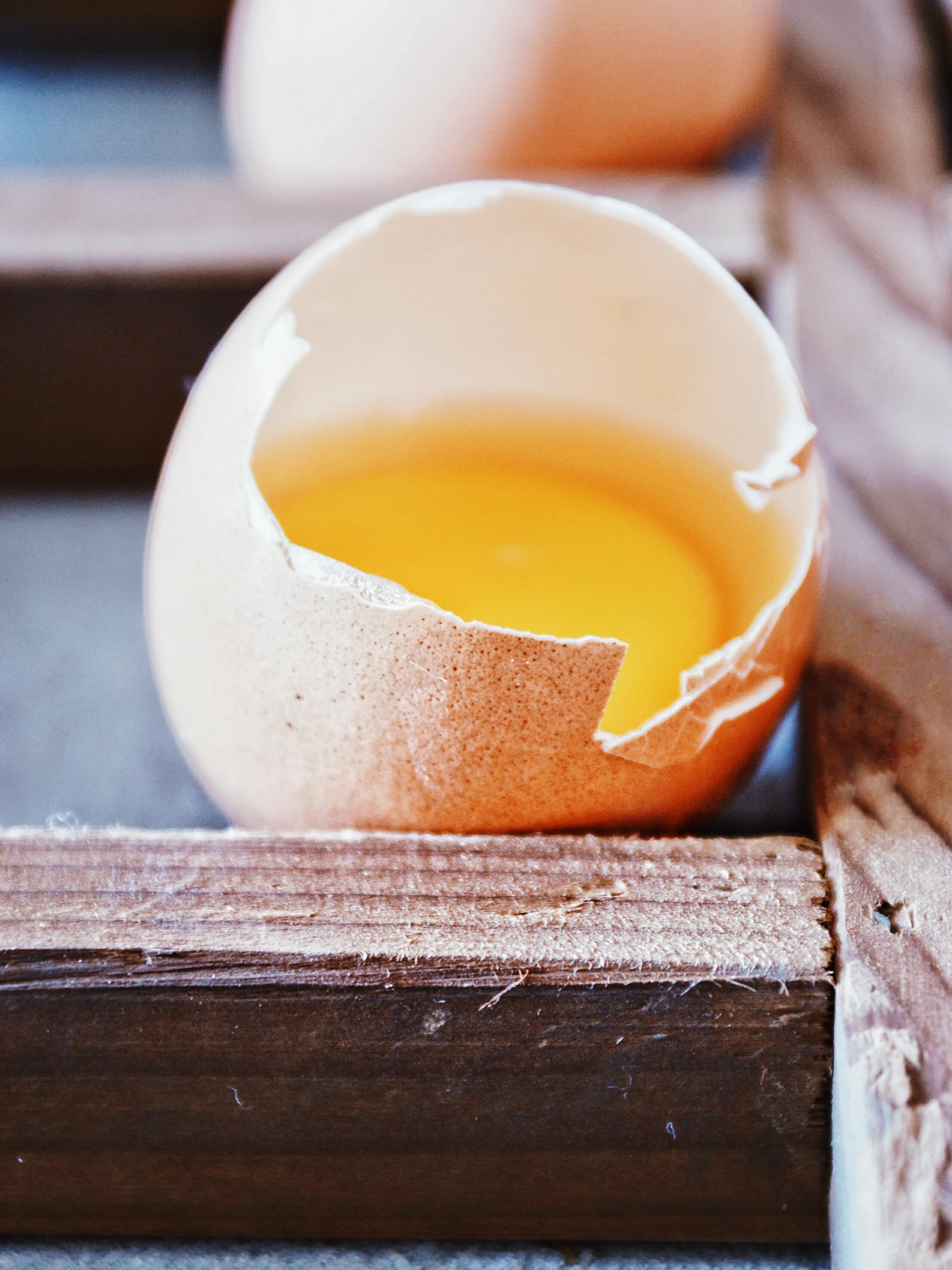Why Pellet Feed?
Each pellet contains the same nutritional value.
* In mash feed, different parts of the bag contain varying nutrients, leading to inconsistent nutritional value.
* Pellet feed preserves vitamin and mineral content better.
* Animals fed with pellets scatter less feed compared to those fed with mash.
* Because pellet feed is exposed to heat during production, it is more hygienic and carries no risk of disease transmission.
* Mash feed carries a risk of transmitting infectious diseases (such as foot-and-mouth disease, brucellosis, etc.).
* Pellet feed is tastier than mash feed, which increases feed consumption.
* Mash feed can enter the trachea and lungs, increasing the risk of respiratory and lung diseases.
* Producing pellet and granule feed requires more advanced technological investment compared to mash feed.
* Pellet feed remains in the rumen longer than mash feed, allowing animals to utilize nutrients more effectively.
* Due to the heat treatment applied during pellet production, starch — and therefore energy — is better utilized.
* Mash feed causes more wastage than pellet feed, both in transportation and usage.
* Pellet feed has a longer storage life.
* In developed countries and regions with modern livestock practices, feed usage is entirely pellet or granule; mash feed is no longer used.

Other Articles
Our website uses cookies to improve your experience. OK



